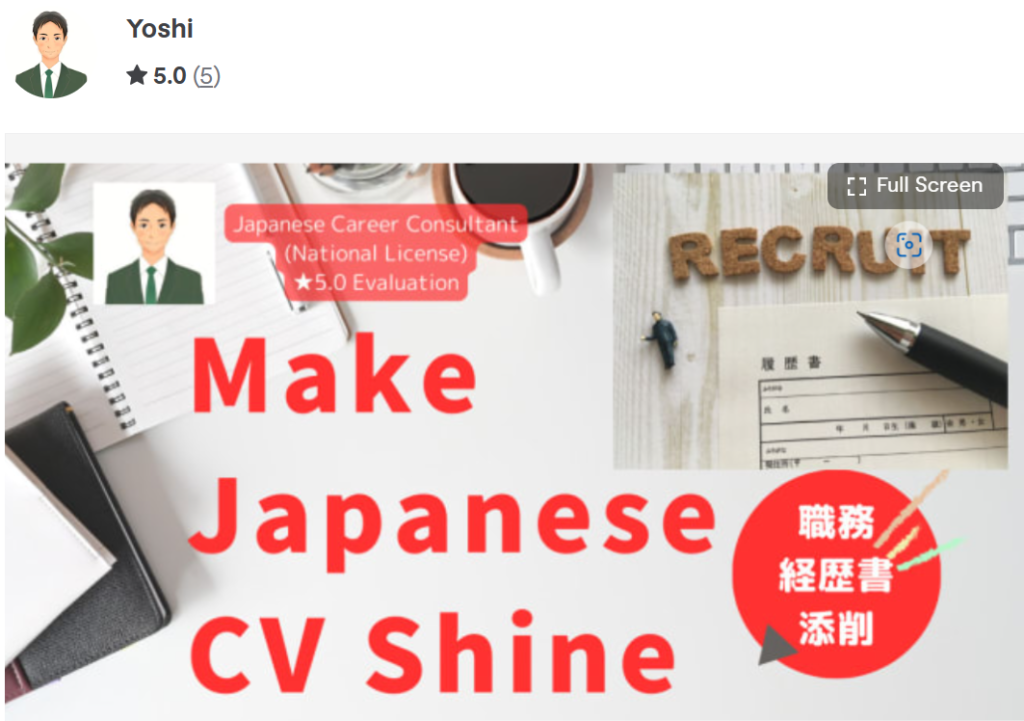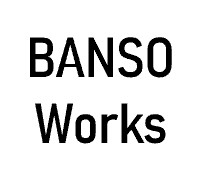Understanding Japanese Rirekisho(履歴書) and Shokumu Keirekisho (職務経歴書)

Navigating the job market in Japan requires a grasp of certain unique documents crucial for job applications: the Rirekisho and the Shokumu Keirekisho. These documents play a vital role in the hiring process and understanding them can significantly boost your chances of landing a job in Japan. Let's delve into what these documents are, their importance, and how they differ from Western-style resumes.
What is a Rirekisho?
The Rirekisho, often translated as a "Japanese resume(履歴書)," is a standardized form that job applicants in Japan must fill out when applying for most positions. Unlike the flexible, often creatively tailored resumes familiar in Western job markets, the Rirekisho follows a strict format that applicants are expected to adhere to meticulously.
Key Features of the Rirekisho:
Format: It is traditionally handwritten, though typed forms are becoming more accepted. The belief behind handwriting is that it offers insights into an applicant's personality.
Content: The document includes personal information, educational background, qualifications, and a brief personal history. It also has a section for personal preferences and reasons for applying, where the applicant can express their motivation for the job.
Purpose: It provides a comprehensive snapshot of the applicant’s background, giving employers a standardized basis for comparing candidates.
What is a Shokumu Keirekisho(職務経歴書)?
The Shokumu Keirekisho, or "detailed work history sheet," complements the Rirekisho by providing a detailed account of an applicant's professional history and accomplishments. This document is more akin to the Western CV (Curriculum Vitae) and is particularly important for mid-career professionals.
Key Features of the Shokumu Keirekisho:
Detail-oriented: It elaborates on the roles and responsibilities held in previous positions, significant achievements, and the specific skills acquired.
Format: Unlike the Rirekisho, there is no standard format for the Shokumu Keirekisho, and it often allows more room for applicants to differentiate themselves.
Purpose: This document helps employers understand the depth of an applicant’s professional experience and their potential for future roles.
Differences Between Rirekisho and Shokumu Keirekisho
While both documents are used in the Japanese job application process, they serve different purposes and highlight different aspects of an applicant's profile:
Standardization vs. Customization
The Rirekisho is highly standardized, focusing on personal traits and basic career facts. In contrast, the Shokumu Keirekisho is customizable and focuses on professional achievements and specific competencies.
Application Stages: The Rirekisho is often sufficient for entry-level positions or part-time jobs, whereas the Shokumu Keirekisho is crucial for positions requiring detailed past work experience, such as managerial or specialized technical roles.
As a Japanese person (in case of YOSHI myself), when it comes to the rirekisho, I only need to check that the facts are correct since it merely documents these facts, so I don't spend much time on it. The shokumu keirekisho, on the other hand, is the document that interviewers look at most closely, so I put a lot of effort into completing it. Although the shokumu keirekisho allows for a high degree of freedom, there is also a somewhat fixed format to follow. It is advisable to download templates from major Japanese firms like Doda or Pasona.
Doda:https://doda.jp/guide/syokureki/download.html
Pasona:https://www.pasonacareer.jp/knowhow/resume_cat/
Importance in the Japanese Job Market
Understanding and properly preparing these documents is crucial when seeking employment in Japan. They reflect different elements valued in the Japanese corporate culture, such as conformity, attention to detail, and humility, as well as individual achievement and specific expertise.
Conclusion
For job seekers, mastering the Rirekisho and Shokumu Keirekisho is more than a bureaucratic necessity; it is an opportunity to present oneself in a manner that aligns with cultural expectations and professional standards in Japan. Whether you are a fresh graduate or a seasoned professional, taking the time to meticulously craft these documents can set you apart in a competitive job market.
If you want to make Japanese CV shine



